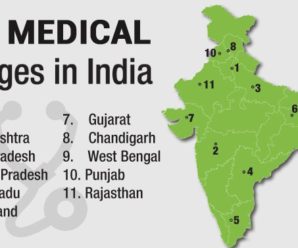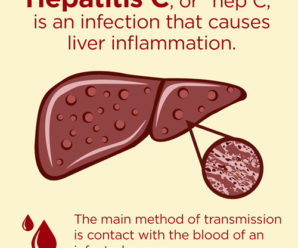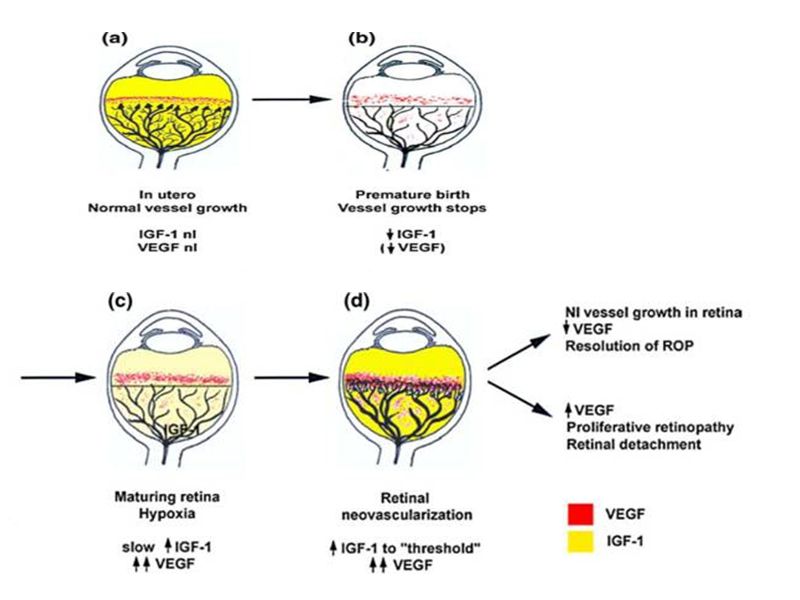Neonatal History Taking : Format

Neonatal Period extends from birth to 28 days of life. History taking in newborn and neonates is different from those in elder children because, most of the things are related to when bay was in the maternal womb. So maternal history becomes an integral part of Neonatal history. MBBS and PG students need to know the proper format and components of Neonatal history. Here, is a commonly followed format.
Components of Neonatal History includes
Particulars of the baby
Maternal history
Antenatal history
Birth History
Neonatal history
Chief complains and elaboration of presenting illness
Particulars of the patient : is needed for identification of the patient. Baby’s name, Day of Life, Sex , IP number are usually noted although the things may get repeated later on.
Maternal History:
Name, Address
Ask all factors that affect the child, specifically
- Age of the mother: Less than 20 yrs and more than 35 both leads to complications in delivery. Trisomies are common in elderly mothers.
- Para and Gravida of the mother, Along with sibling age and status. History of abortions ( Spontaneous or MTP )
- Blood group and Rh
- Chronic maternal illnesses- Chronic hypertension, Diabetes Mellitus, Hemolytic anemias, Renal cardiac disease, STDs, Bleeding disorders , Endocrine disorders.
- Addiction: Tobacco, Alcohol, Substance abuse
- Use of any Drugs: like Anticonvulsants, Anti-coagulants
- Previous complications of pregnancy
- Type of contraception used, if any
Paternal History: Age, Blood group, Consanguinity, Infections and illness, genetic disorders in family members.
Antenatal History:
Last Menstrual period
Expected date of delivery
Antenatal USG findings
1st Trimester
2nd trimester:
3rd trimester: events and complications
Birth History:
Presentation
Breech or other abnormal presentation
Onset of Labor
Rupture of Membranes
Premature Rupture of Membranes
Prolonged Rupture of Membranes ( PROM)
Duration of Labor
Other risk factors
Maternal Fever
Fetal Distress
Blood or Meconium in fluid
Amniotic Fluid Volume
Analgesic (e.g. Narcotics within 4 hours of delivery)
Anesthesia (e.g. general anesthesia)
Method of Delivery- Vaginal Delivery/ CS if CS indications/Instrumentation/Vacuum Assisted Delivery /Forceps Assisted Delivery
Time of delivery Sex of baby Cry at birth
Complications:
Asphyxia or respiratory distress
Trauma, Meconium aspiration
Prolapsed Cord
Post-natal events and feeding history.
Feeding
Passage of urine and stool
Other issues
Chief complains:
Current presenting complains
1
2
3
HOPI- Eloboration, Negative history, Progress and complications, Related history.
Proceed to examinations
In the End, Summarize.
Provisional diagnosis would be in format
Single/ Term ( 38 wks)/ LBW/2.1 kg ( SGA)/LSCS with Apgar score 8/10.9/10/ Meconium aspiration syndrome/ Neonatal Hyperbilirubinemia / Staph. aureus Sepsis.
Complied by
Dr Sujit Shrestha
Neonatology ( GRIPMER )
MD Pediatrics ( IOM, TUTH)







1 Comment
Wowwww now i can really understand than ever This is actually more helpful like for us medical students thank you so much….
Comments are closed.